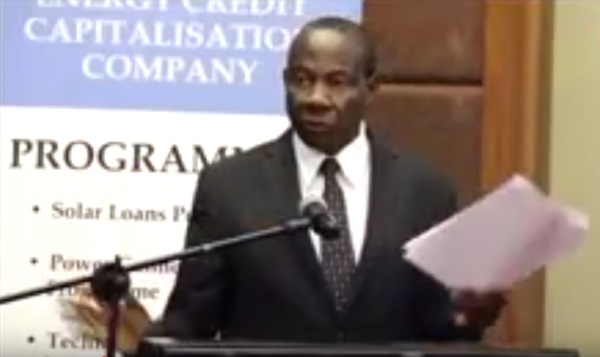As Ugandans continued to cry out for the high costs of living and electricity to drop, the government was focused on increasing Hydro power generation to meet the growing demand. This was as the government launched the Implementation of the 6.7MW Read 9 Min Hydro power sites in Western Uganda. The projects were crucial for the Rural Electrification and Powering of Small and Medium Sized Enterprises in rural areas. “We need cheap power all over the country, cheap and affordable power. It is pointless to produce the power when the people cannot afford it. So not only, must we produce power and a lot of it but it must be produced and supplied at a cheap price so that everybody can access it.” Said, Matia Kasija – Minister of Finance.
The project was financed by both the Netherlands and the Ugandan governments at a tune of 156.4 billion shillings and would benefit over 376,000 individuals in the project area which was 1% of the population and connected over 1,300 SMEs. “This will also contribute to the Climate Change Mitigation through reduced use of diesel generators and reduced carbon emissions and improve the health conditions of our people through reduced use of kerosene lamps for lighting.” “Over time, we will; the bilateral economic relationship between our two countries will prevail and aid will be phased out, we will go from aid to trade and investment. And the focus of relationship with Uganda is on reducing poverty but also on boosting economic growth on increasing market access for both sides and improving the business climate.”
The project was to be implemented in three phases and the government was currently encouraging off the grid generation. “Where it is not connected to the main grid, transmission in some of these isolated grids; you may not directly be involved. They can be licensed by the regulator so that they generate electricity, distribute it and sell it. With the licensing that is given, they are able to sell that electricity.” The power stations were to be constructed at Mitoma, Bundibujjo, Bushenyi, Bunyangabo and Kasese. The sites would be managed by the Uganda Energy Credit Capitalization Company and passed out to the Private sector.

